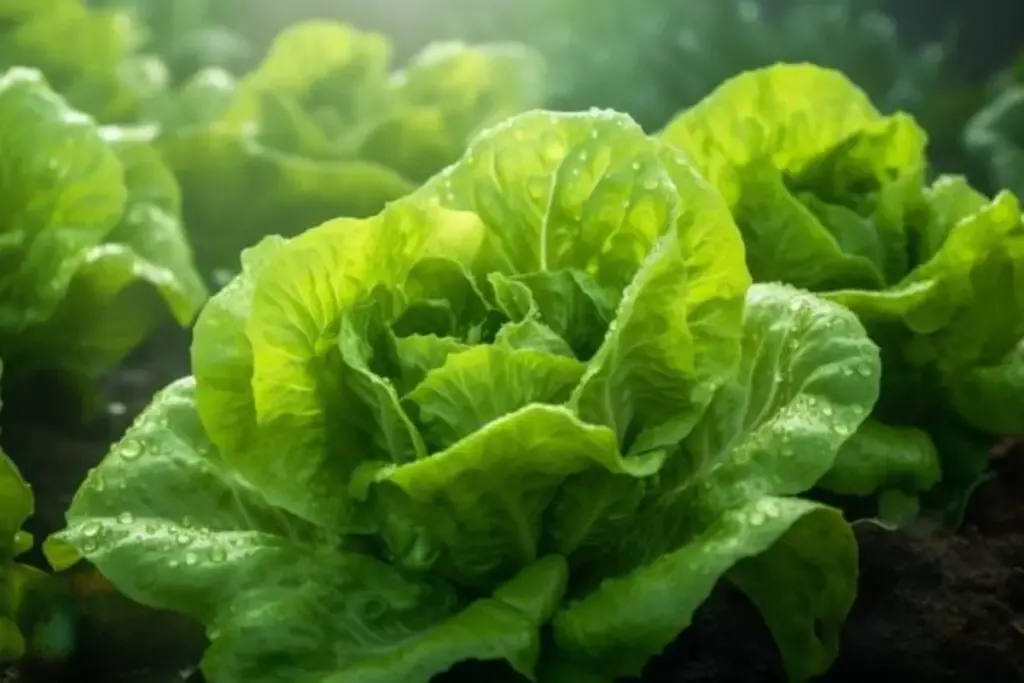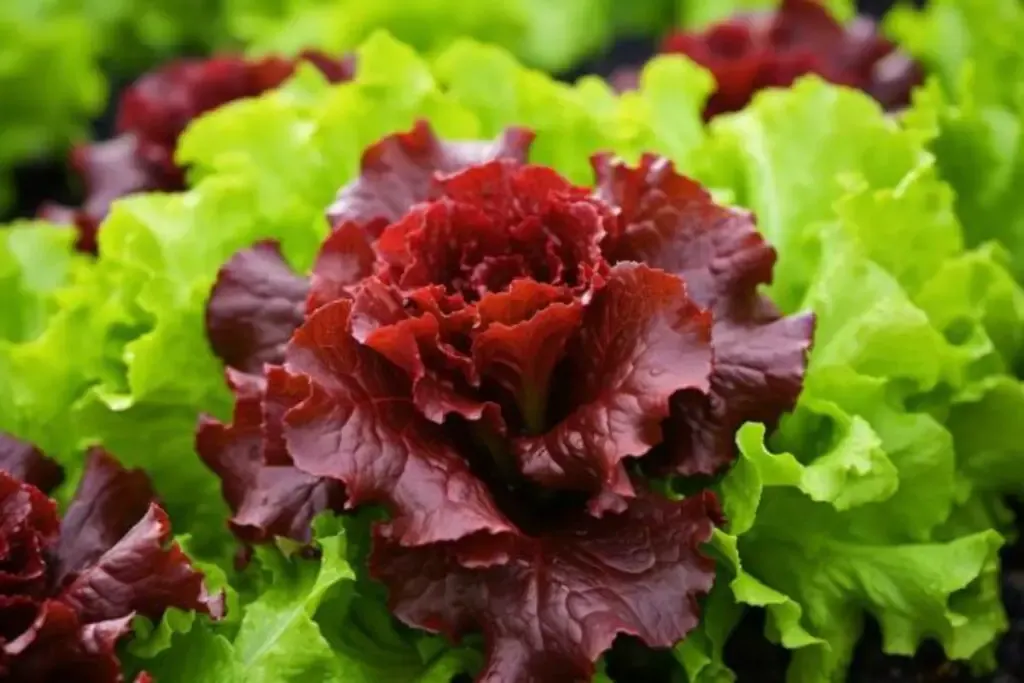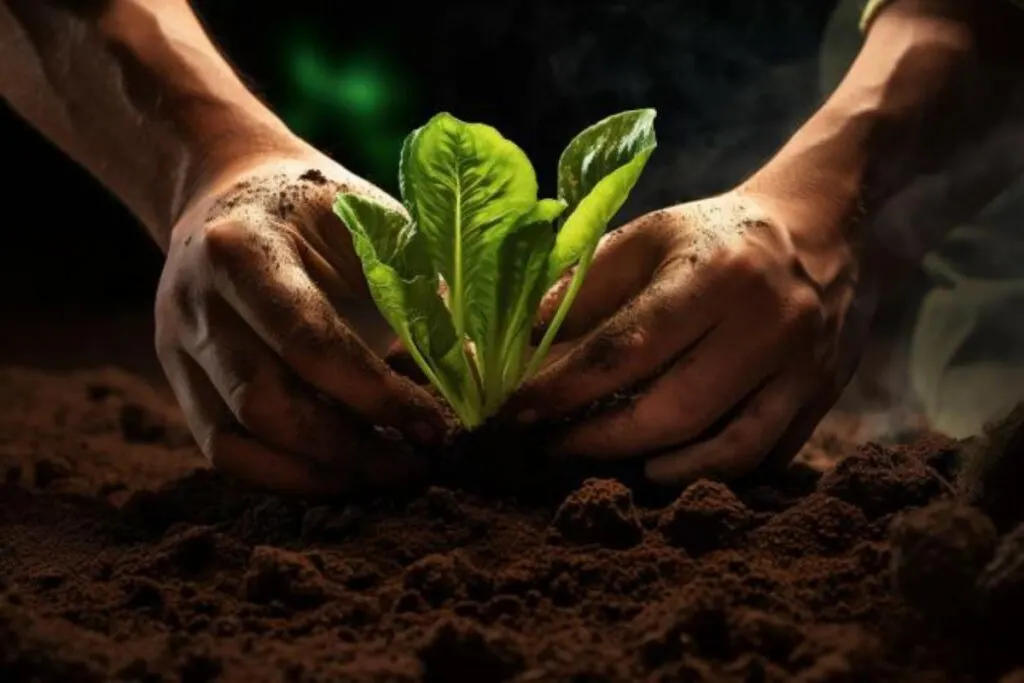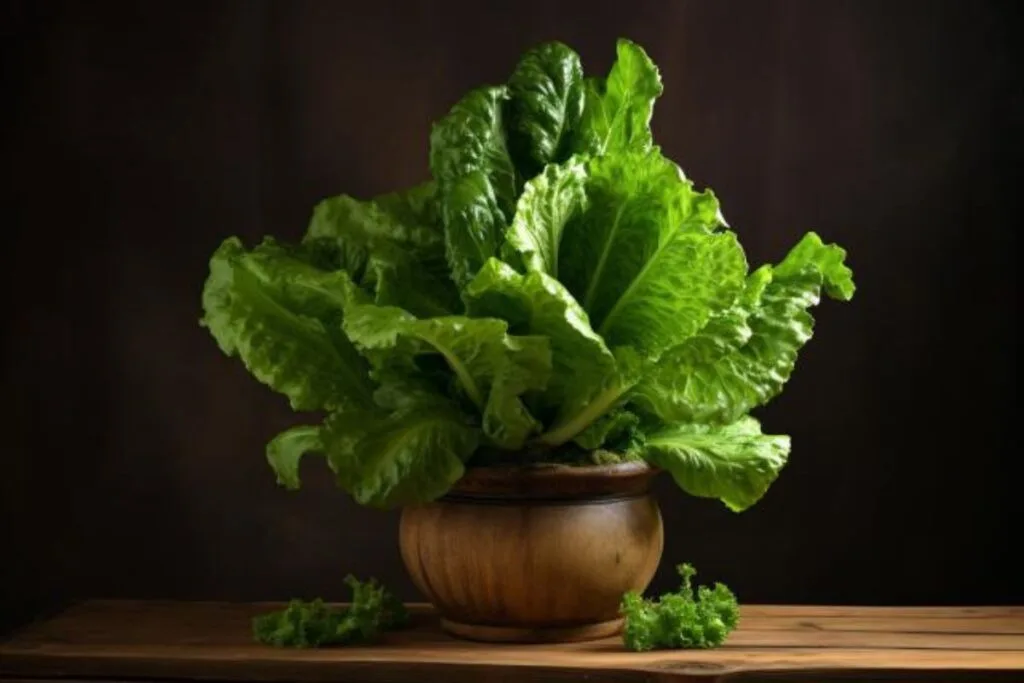Lettuce, with its crisp leaves and refreshing taste, is a staple in gardens and kitchens alike.
As a gardening enthusiast, I’ve always enjoyed growing lettuce for its simplicity and the quick gratification it offers. Lettuce, being a cool-weather crop, is perfect for early spring and fall gardens.
It’s not only easy to grow but also brings a variety of textures and flavors to your meals. Whether you are a seasoned gardener or just beginning your gardening journey, lettuce is a great choice for adding fresh greens to your diet.
Let’s delve into the benefits of growing lettuce and explore some of my favorite varieties.
Benefits of Growing Lettuce

1. Quick Harvest
Lettuce grows quickly, offering a fast reward for your gardening efforts. Some varieties are ready to harvest as soon as 30 days after planting, making lettuce an ideal choice for gardeners who enjoy rapid results.
2. Health Benefits
Lettuce is not only low in calories but also rich in vitamins A and K, as well as folate and iron. Growing it yourself ensures you have the freshest, most nutrient-packed greens possible.
3. Variety and Flavor
One of the joys of growing lettuce is the wide variety of types available, each with its unique flavor and texture. From buttery leaves to crisp romaine, home-grown lettuce is far superior in taste to store-bought varieties.
My Favorite Lettuce Varieties
Lettuce comes in many shapes, colors, and textures. Here are three varieties that I particularly enjoy for their taste and ease of growing:
1. Romaine Lettuce

Known for its long, crisp leaves and hearty texture, romaine is a classic choice for salads and sandwiches. It’s more heat-tolerant than other varieties, making it a good choice for warmer climates.
2. Butterhead Lettuce (Boston or Bibb)

With its soft, buttery leaves, butterhead lettuce is a favorite for gourmet salads. It has a sweet flavor and a tender texture that makes it a delightful addition to any meal.
3. Leaf Lettuce (Red or Green Leaf)

This variety is probably the easiest to grow and the most versatile. It doesn’t form a head, which makes it faster to grow, and you can harvest it leaf by leaf or cut the whole plant.
Lettuce Care
Lettuce, a delightful and rewarding crop to grow, offers gardeners the chance to enjoy fresh, leafy greens right from their backyard or balcony.
This cool-weather vegetable requires some basic care to thrive, but the efforts are minimal compared to the fresh, crisp leaves you’ll get to enjoy.
Here’s what you need to know about caring for lettuce.
Planting

You can start lettuce seeds indoors or sow them directly in your garden. If starting indoors, begin 4-6 weeks before the last frost date.
For direct sowing, plant seeds as soon as the soil can be worked in spring. Lettuce seeds need light to germinate, so cover them lightly with soil or just press them gently into the surface.
Space the seeds or seedlings according to the variety’s requirements, typically about 4-12 inches apart.
Light
Lettuce grows best in full sun, but it also appreciates some shade, especially in warmer climates. If you live in an area with hot summers, providing some afternoon shade can help prevent the lettuce from bolting (going to seed prematurely) and becoming bitter.
Soil
Lettuce prefers loose, cool, well-draining soil with plenty of rich organic matter. The ideal pH for lettuce is between 6.0 and 7.0. Before planting, work in compost or aged manure to enrich the soil and promote healthy growth.
Water
Consistent, even moisture is key to growing lettuce. The soil should be kept moderately moist, but not waterlogged.
Water your lettuce plants regularly, especially during dry spells. Mulching around the plants can help retain soil moisture and regulate soil temperature.
Temperature and Humidity
Lettuce is a cool-season crop that grows best at temperatures between 45°F and 65°F (7°C to 18°C). It can tolerate light frosts, but high heat can cause it to bolt.
If you live in a region with high humidity, ensure adequate spacing between plants for air circulation to prevent fungal diseases.
Fertilizer
Lettuce does not require a lot of fertilizer. If your soil is already rich in organic matter, additional feeding may not be necessary.
However, a light application of a balanced, water-soluble fertilizer can be beneficial, especially for lettuce grown in containers.
Harvesting Lettuce
Harvesting lettuce is a satisfying and straightforward process. The method of harvesting depends on the type of lettuce you’re growing.
For leaf lettuce, you can start harvesting the outer leaves when the plant is about 4 inches tall, leaving the inner leaves to continue growing.
This cut-and-come-again method allows for a continuous harvest. For head lettuce varieties like romaine or butterhead, you’ll wait until the head reaches its full size and then cut the entire plant at the soil line.
Lettuce is best harvested in the morning when the leaves are crisp, cool, and full of moisture. Regular harvesting encourages new growth and can extend the productive life of your lettuce plants.
Pruning
Pruning is generally not required for lettuce. However, you may remove any yellow or damaged outer leaves to maintain plant health and appearance.
This helps ensure the remaining leaves get the nutrients they need to grow and prevents potential disease spread.
Propagating
Lettuce is typically propagated from seeds. You can save seeds from your lettuce plants, but keep in mind that lettuce can cross-pollinate, so you may get varying results if you grow different varieties close to each other. For consistent results, it’s best to start with new seeds each season.
How to Grow Lettuce From Seed
Growing lettuce from seed is a rewarding experience. Start seeds indoors or sow them directly in your garden. Lettuce seeds need light to germinate, so press them gently into the soil or cover them lightly.
Keep the soil moist until the seeds sprout, which usually takes about 7-10 days. Thin seedlings give each plant enough space to grow.
Succession planting every 2-3 weeks can provide a steady supply of lettuce throughout the growing season.
Growing in Pots

Lettuce is excellent for container gardening due to its shallow root system. Choose a container with good drainage and fill it with a quality potting mix.
Plant the seeds or seedlings in the pot, ensuring they have enough space to grow. Keep the soil consistently moist and place the pot in a location that gets plenty of sunlight, with some afternoon shade if you’re in a hot climate.
Overwintering
Overwintering lettuce can be a challenge, as it’s a cool-weather crop that doesn’t tolerate extreme cold.
However, in milder climates or with the aid of cold frames or greenhouses, you can successfully overwinter some varieties of lettuce.
Select winter-hardy varieties and use mulch or row covers to protect the plants from frost. With these precautions, you can extend the growing season and possibly enjoy fresh lettuce throughout the winter.
Transplanting
If you start lettuce seeds indoors, transplanting them to your garden is a simple process. Harden off the seedlings by gradually exposing them to outdoor conditions over a week.
When transplanting, be gentle with the roots to avoid shock. Plant them at the same depth they were in their pots and water them well. This helps the lettuce seedlings to establish quickly in their new environment.
Common Pests & Diseases
Lettuce can be susceptible to pests like aphids, slugs, and snails, and diseases such as powdery mildew and downy mildew.
Regularly inspect your plants for signs of pests or disease. Employing preventive measures like proper spacing for air circulation, keeping the area weed-free, and using organic or chemical treatments as needed can help manage these issues.
Growing lettuce is a rewarding endeavor, adding not only a splash of green to your garden but also providing fresh, nutritious leaves for your table.
From the crispness of romaine to the tenderness of butterhead, lettuce offers variety and flavor that store-bought varieties can’t match.
As you tend your lettuce plants, savor the process of nurturing them from seed to harvest. The pleasure of picking your own lettuce, whether for a salad or as a garnish, is a simple yet profound joy of gardening.
Happy gardening and enjoy your harvest!

